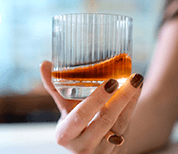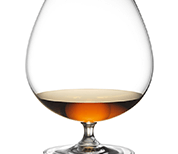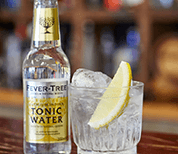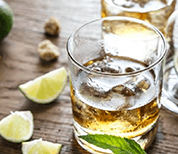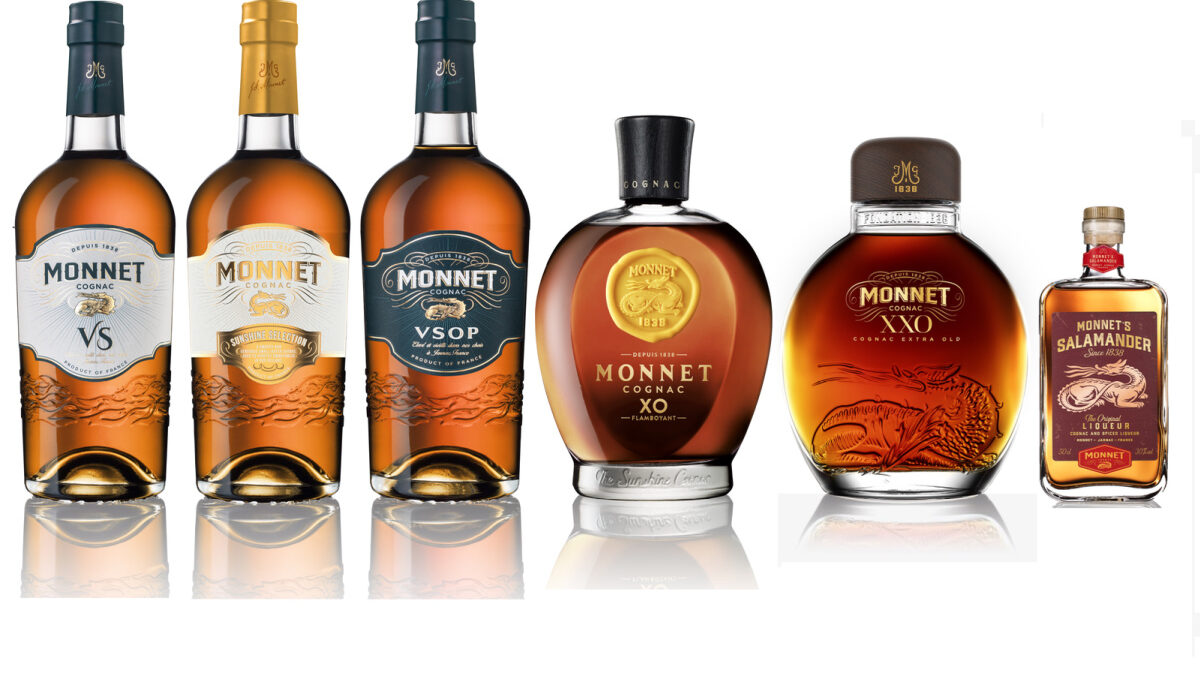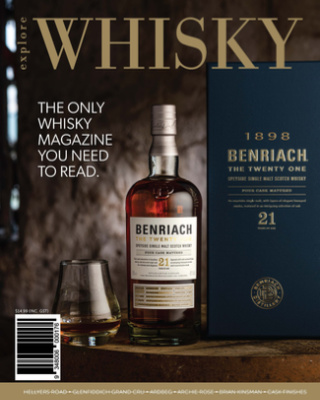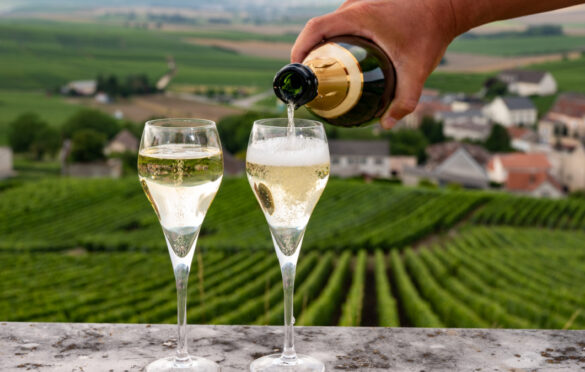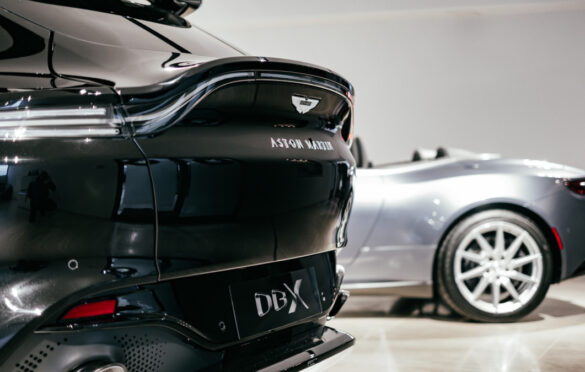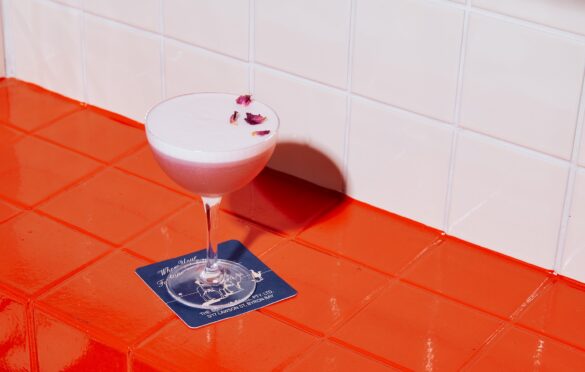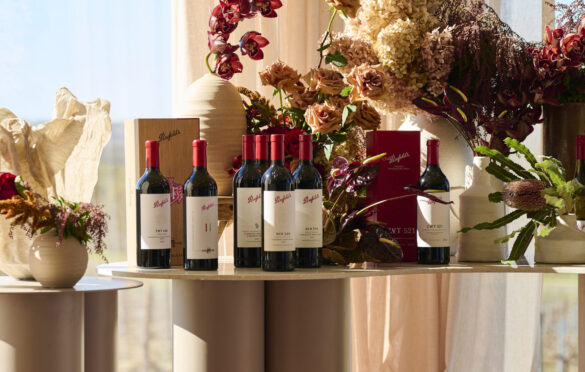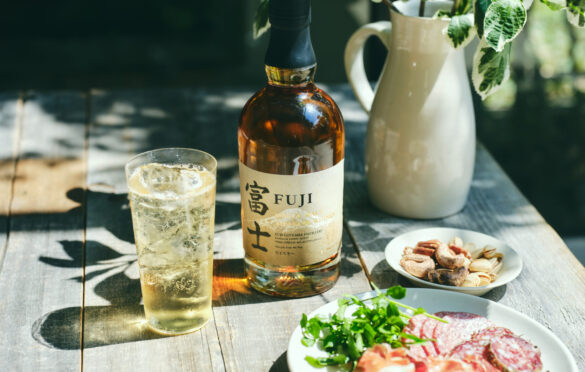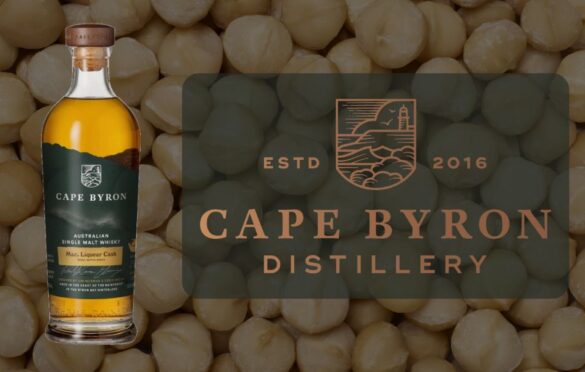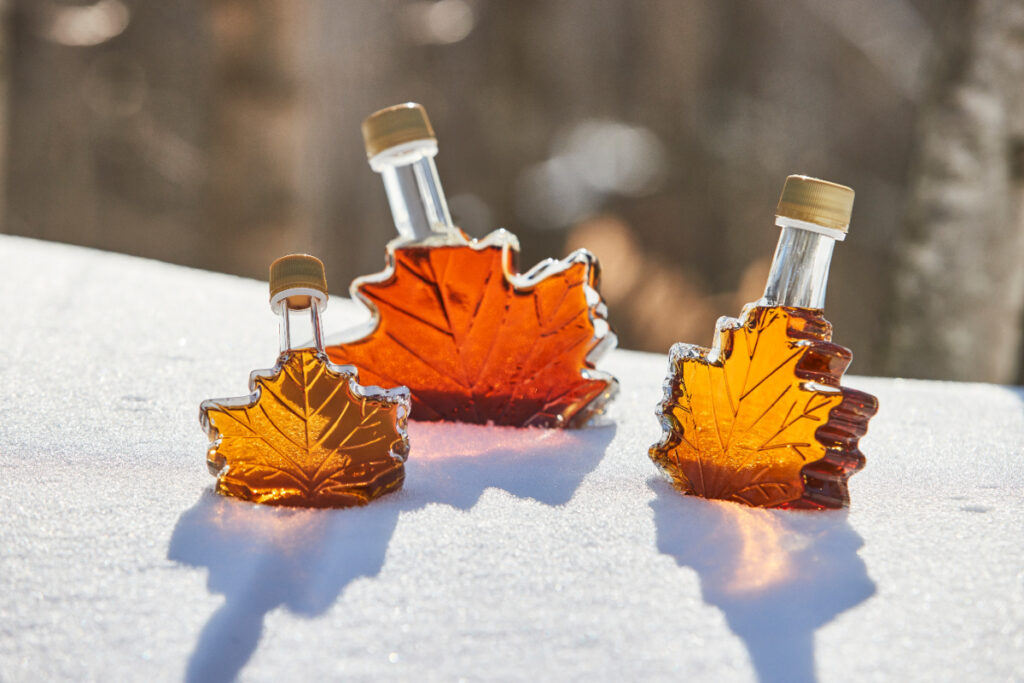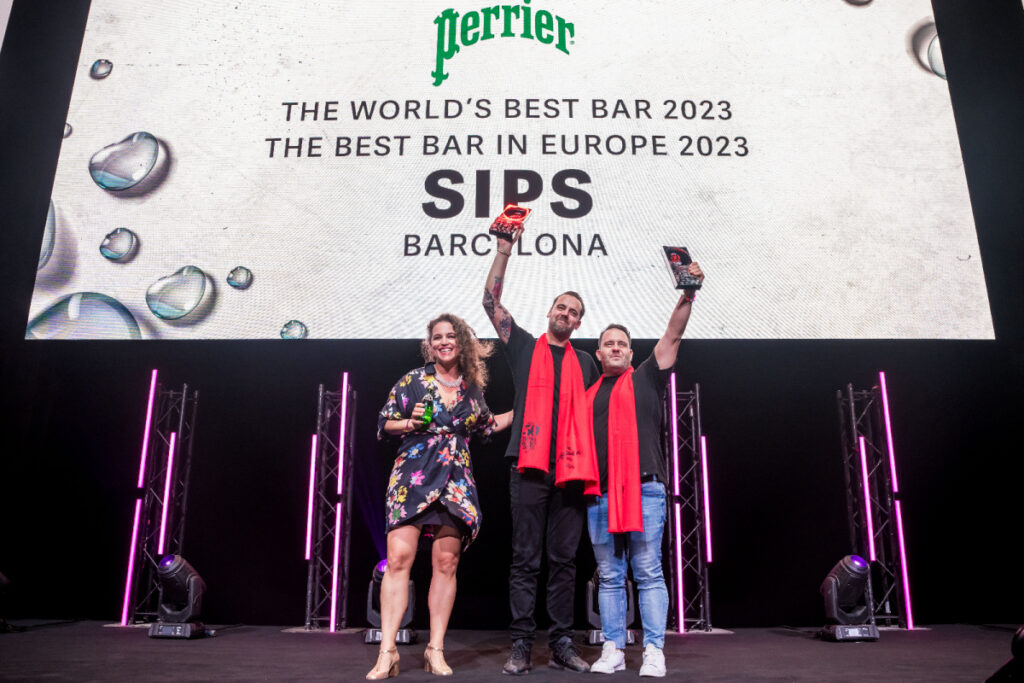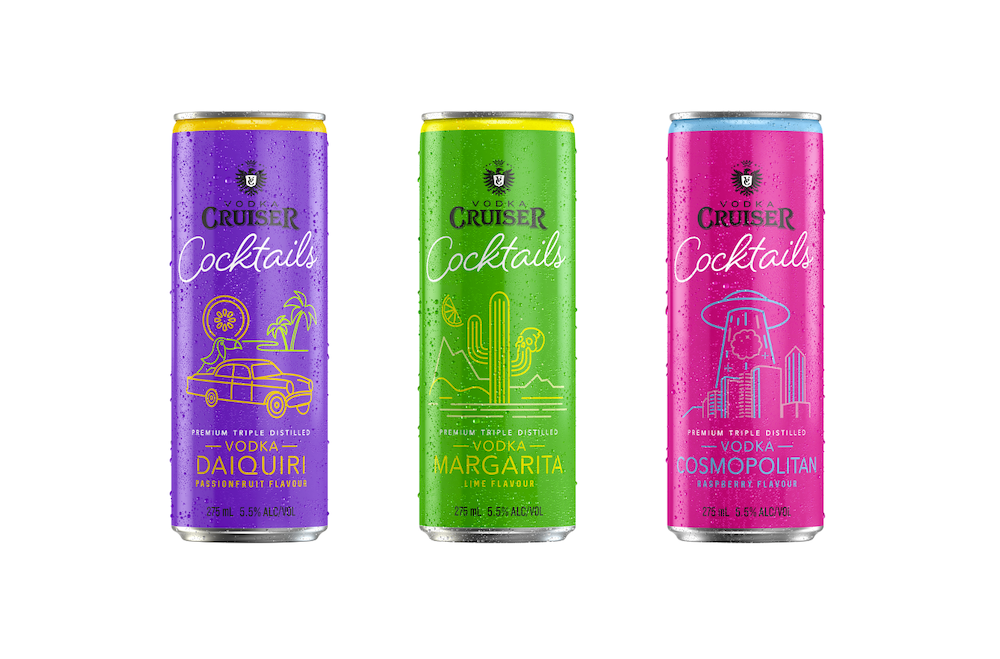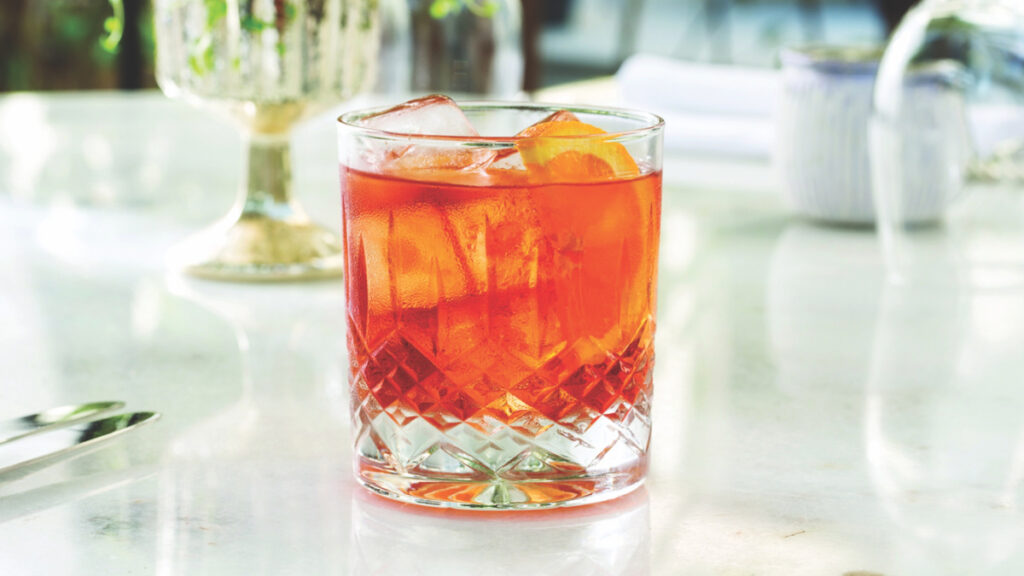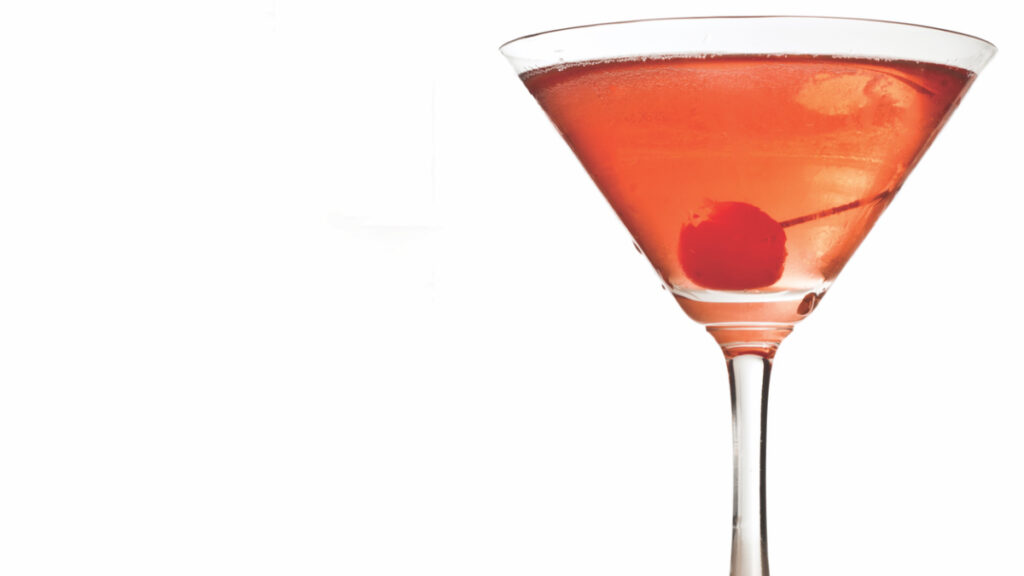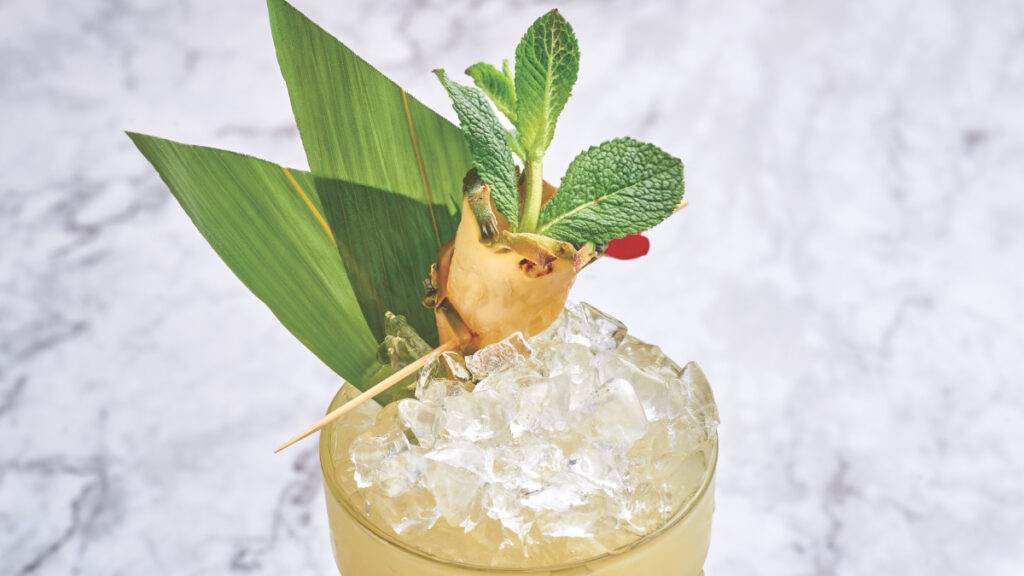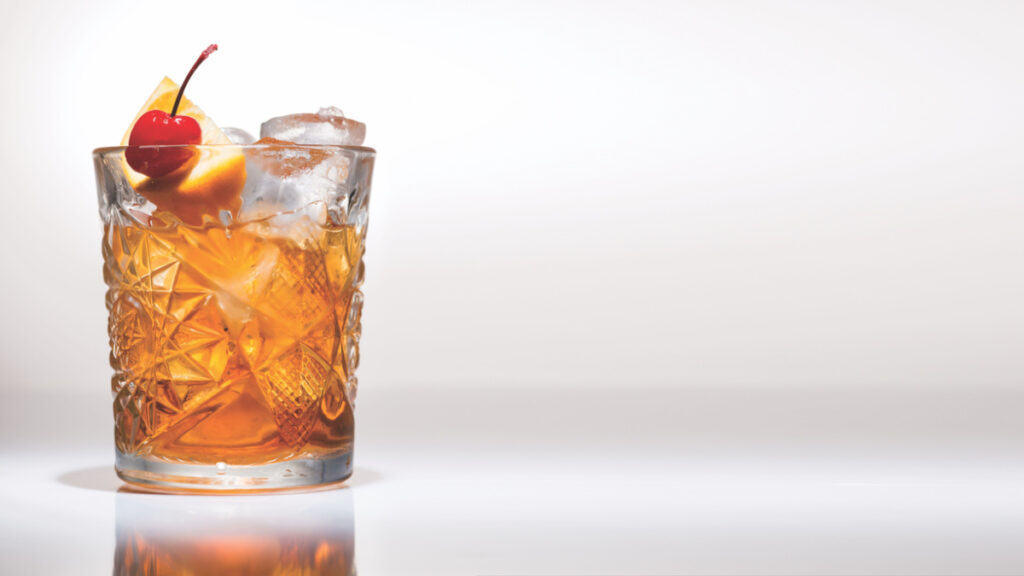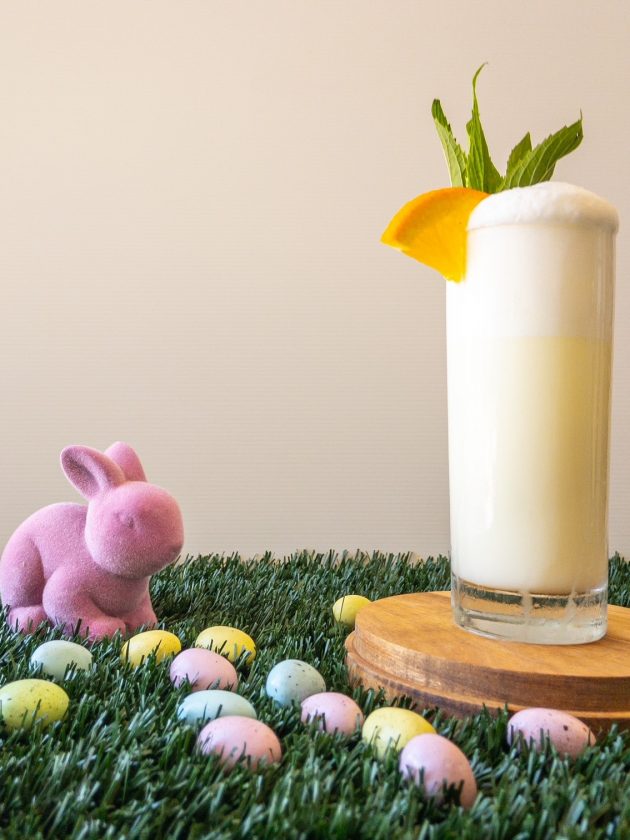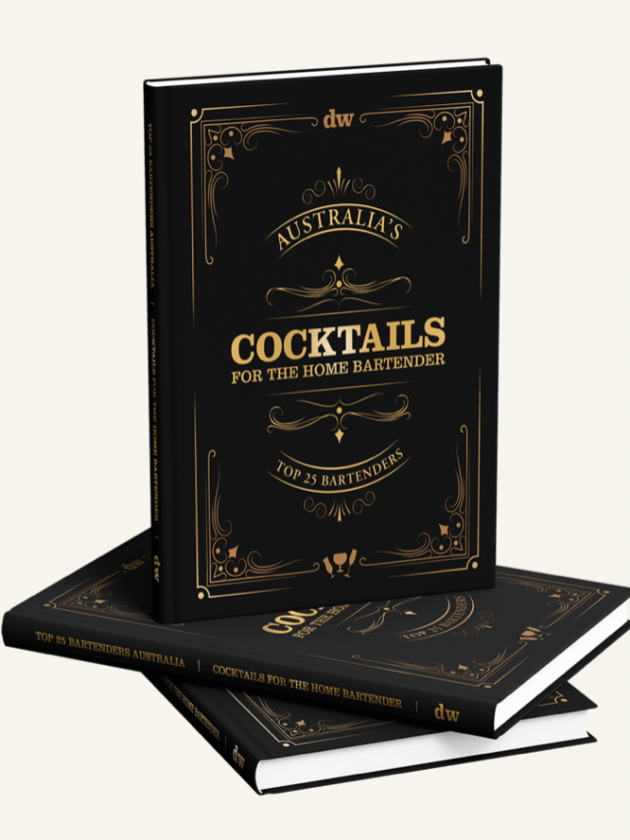- (+61) 2 9492 – 7999
- info@hipmedia.com.au
- Mon - Fri: 9:00 - 18:30
By Ken Gargett
Brandy and Cognac might not be the high-profile spirits hitting headlines, like Gin, expensive and limited-edition single Malts, Mezcals and premium Rums, but it remains solidly popular. The global Brandy market is estimated to come in at US$1.2 billion in 2023 and growing at an estimated 5.92% up until 2027. As we move to 2024, volume is anticipated to rise a further 2.8%. To ensure clarity, Brandy refers to distilled spirits, made from fermented fruit juice, though that is most commonly grapes. It includes both Cognac and Armagnac. As with the Rum sector, Covid has thrown statistics and predictions into some chaos, but even more than with Rum, the Russian invasion of Ukraine has contributed to the confusion with Brandy/Cognac.
In January of 2023, the five leading markets for Brandy were the US, India, Philippines, China and Thailand.
More recently, Australia has been seen to be a popular market for the style with an anticipated rise in revenue across the sector of 8.6%. It has long been a strong sector in this country. For the period from 2012 to 2017, the annual rate of growth was 7.67%. The value of the category in 2017 was A$248.47 million. The rate of growth has been steady – in the final two years of that survey, the annual growth was 7.89% and 7.28% (the highest and lowest figures for that period, so fairly consistent).
One aspect of the Brandy sector that seems perennially healthy is the ultra-premium releases we see from the Cognac Houses. A perfect example is Remy Martin. Not content with their extremely popular elite Cognac, Louis XIII, this June will see the release of the Louis XIII ‘Rare Cask 42.1’. This limited-edition Cognac is their first Rare Cask release since the 42.6, a decade earlier. Prior to that, Rare Cask 43.8 was released back in 2004. The nectar for this release came from a tierçon identified by their fifth-generation Cellar Master, Baptiste Loiseau. Only 775 decanters, handcrafted by Baccarat, will be released.
Tierçons were something that, until recently, the House had not looked to replace. The last of their famous tierçons was made during the First World War in 1917. A tierçon is an oak barrel, larger than usual, longer though slimmer, which were so named as they could fit, three side by side, on a horse-drawn cart for transport. Until they started making new ones half a dozen years ago, to maintain those they had required taking staves from one to repair another.
The trees, from the Limousin forest in France, take between 150 and 180 years to reach the requisite size. The staves are air-dried for three years before the barrel is completed. After fifty years of use, the House notes that they will then be “filled with our older, finest and richest Grande Champagne eaux-de-vie which will reach the perfect ageing development and which will be part of the Louis XIII blend in the future”. Since 2017, they have made fifteen new tierçons a year, though just how many of us alive today will get a chance to enjoy the rewards of this seems rather to be a moot question.
Mind you, not many of us will ever get to try this latest release, and at US$50,000 for each decanter, needless to say that tasting samples were a little thin on the ground.
If one wanted to look to something a little more modest – $59 – the Tamborine Mountain Distillery, in southeast Queensland, just won a gold medal for Best Brandy at the 2023 London Spirit Competition, with their Apricot Brandy Liqueur.
Perhaps the Brandy most revered locally is St Agnes, which has been going solidly for many years, as Dr William Angove established a distillery in Renmark in 1910. But it was William’s son, Carl, who looked to a new style of Australian spirits, Brandy that was lighter than that which the locals were used to. His efforts are approaching their centenary with the St Agnes versions of VS, VSOP and XO dating back to 1925. Carl spent time in Cognac to perfect his craft.
Recently, the range has expanded, though as Matt Redin from St Agnes notes, they have been so successful that they reached a point “where we had to allocate certain expressions due to shortness of supply of sufficiently aged material for a while. We are now through the worst of this shortage but some of our older statements will be limited in volumes over the next few years.”
Matt expanded on the reasons for the growth. Included in those factors are those who were “initially spurred on by people making more mixed drinks at home during Covid and experimenting with spirits they otherwise would not have tried – including brandy. We also witnessed consumers moving up the premium ladder and purchasing more of our St Agnes XO, Bartenders Cut and VSOP.” That they also won ‘Distillery of the Year’ at the Tasting Australia Spirit Awards, won’t have hurt. Consistency is crucial for brandy production and the fact that St Agnes has had only five master distillers in almost a century is testament to that.
To conclude, a look at some of the wonderful St Agnes brandies –

Bartender’s Cut ($85) – A fresh take on brandy locally, at 44% ABV, it is made from a blend of Colombard, Chardonnay and Doradillo grapes, which have been matured in a mixture of ex-wine, tawny port and sherry casks for a minimum of eight years. Sipping over ice works well, but this is a brilliant brandy for quality cocktails. This is richly flavoured with notes of glacéd orange rind, chocolate, Christmas pudding and florals. Dried fruits, a hints of sweetness and a powerful finish.
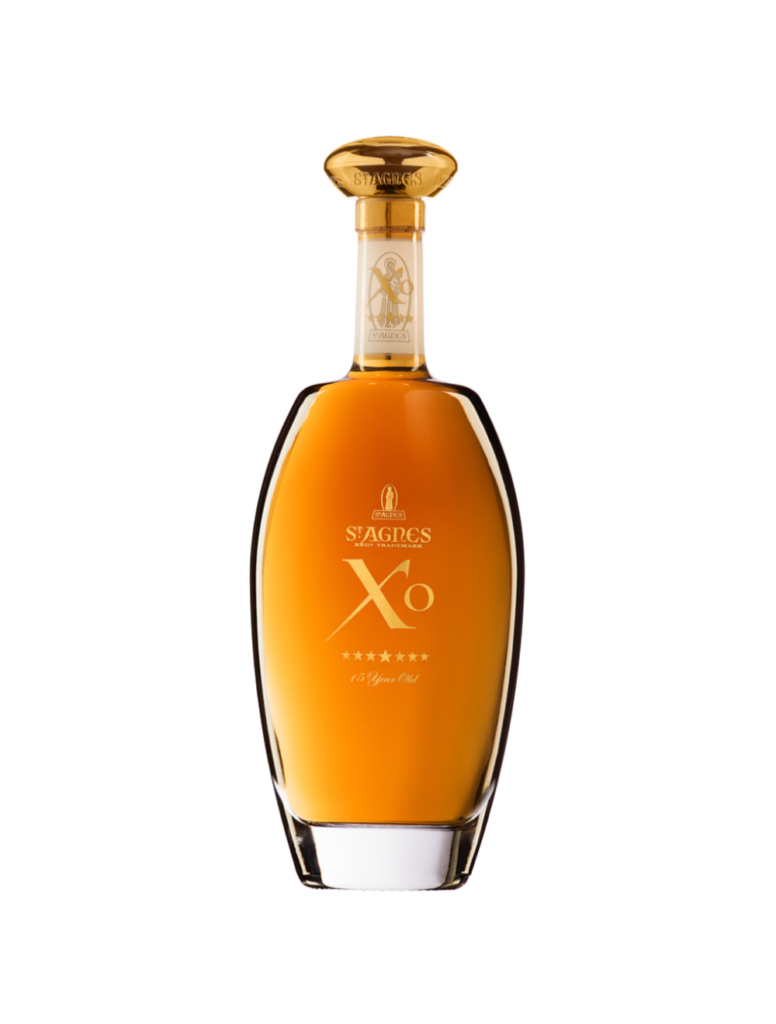
XO 15-Year-Old ($129) – A perennial trophy winner, with a minimum age of fifteen years, this is 40% ABV. This brandy moves to aromas in the spectrum of cedar, tobacco leaf, orange marmalade, stonefruits, a little more oak and a glorious raisiny note. These flavours explode across the palate. Balance, a lingering finish and no let up of the intensity is key. Fabulous stuff.
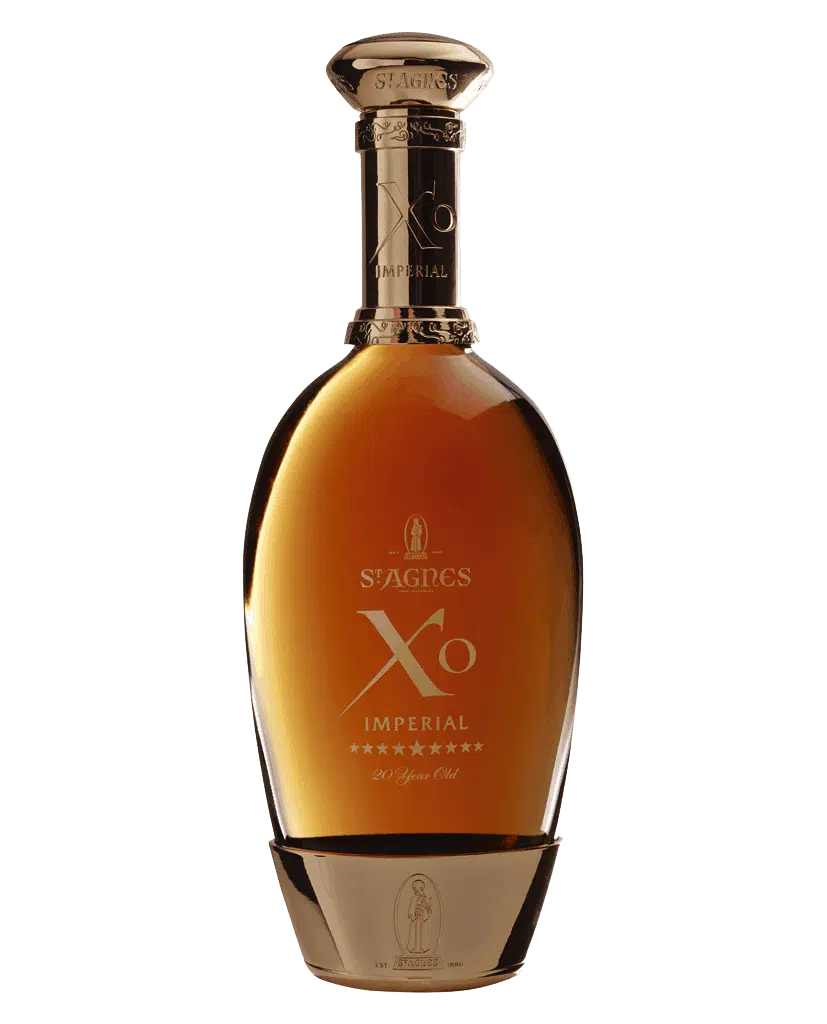
XO Imperial 20-Year-Old ($231) – A stunning brandy with an ABV of 40%, this is blended from material which is a minimum of twenty years of age, with the oldest components dating back to 1970. Incredible complexity. More nuts, toffee, white chocolate, florals and vanilla with touches of caramel weaving throughout. This is a little more spicy than the previous pair. Balance, subtle power, impressive length. Wonderful.

XO Grand Reserve 40-Year-Old ($872) – An extraordinary privilege to taste an Australian spirit of this age and complexity. An ABV of 43%, the oldest material here also dates back to 1970. Amazing array of aromas here. Lemon butter on fresh toast, florals, tropicals, vanillin oak notes, spices, raisins, honeycomb, stonefruit and more. Every taste sees more emerge. Majestic length here. Balance, harmony and incredible complexity. Should be on every spirit lover’s bucketlist.

